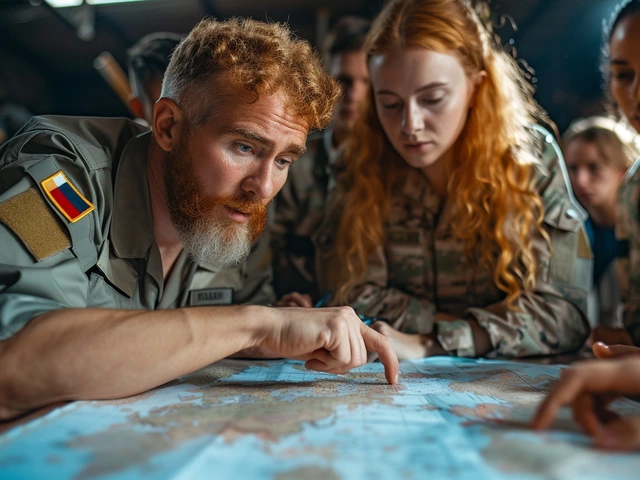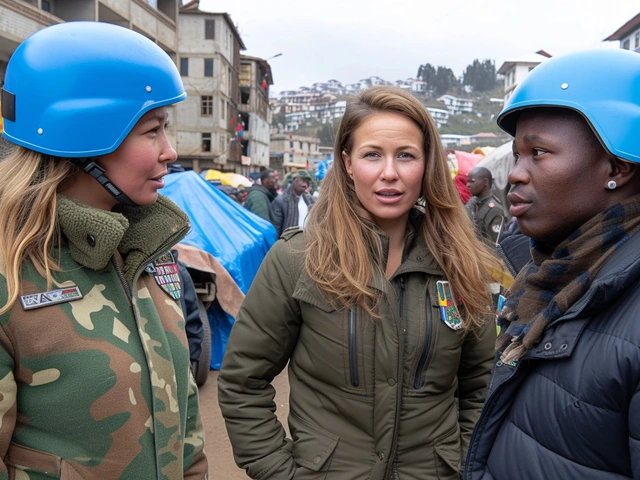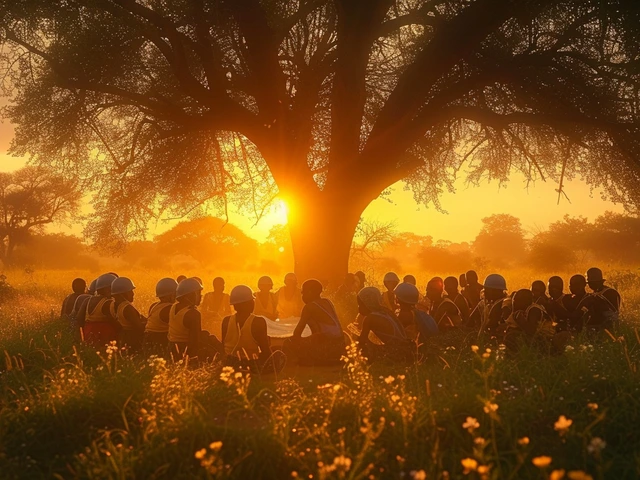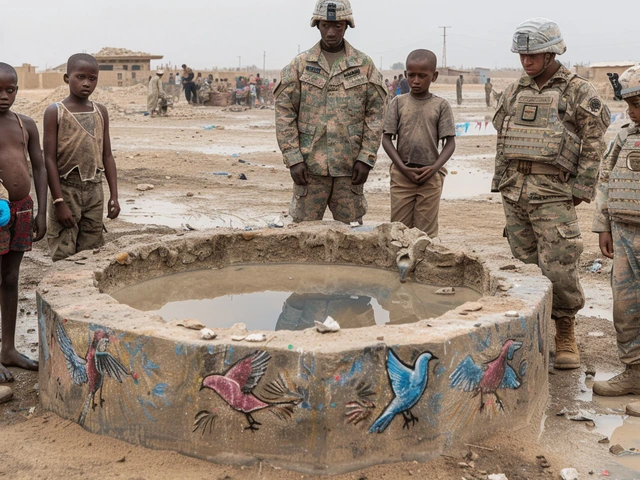Introduction to Peacekeeping
In a world where conflicts arise as naturally as the sun sets, peacekeeping has become an indispensable tool in the arsenal of global stability. The concept, though simple in its essence–to preserve peace where it exists and to instill it where it does not–is complex in its execution. Peacekeeping is not just about deploying armed forces to a conflict zone; it involves a multifaceted approach including diplomacy, reconstruction, and support to create sustainable peace. From its nascent stages in the mid-20th century to the multifarious missions we see today, peacekeeping has evolved significantly, adapting to the changing face of global conflict.
The Evolution of Peacekeeping Missions
The roots of modern peacekeeping can be traced back to the United Nations' efforts to mitigate conflicts post-World War II. Early missions focused primarily on monitoring ceasefires and stabilizing areas after conflicts. However, as global dynamics shifted, so did the nature of conflicts and, consequently, peacekeeping efforts. Today's missions are characterized by their multidimensional approach, addressing not just the cessation of hostilities but also political, humanitarian, and developmental issues. This evolution reflects an understanding that peace is not just the absence of war but the presence of conditions that diminish the likelihood of conflict.
Challenges Facing Peacekeepers
Despite their best efforts, peacekeepers often find themselves navigating a minefield of challenges. Modern conflicts are marked by their complexity, involving multiple actors, crossing international boundaries, and often fueled by deep-seated grievances and economic interests. Peacekeepers must deal not only with immediate security concerns but also with long-term issues such as governance, justice, and social cohesion. Moreover, they face operational challenges stemming from inadequate resources, geopolitical interests, and the difficulties of coordinating with multiple international and local entities. These obstacles highlight the necessity for ongoing adaptation and innovation in peacekeeping strategies.
Impact of Peacekeeping on Global Stability
The impact of peacekeeping on global stability is substantial yet difficult to quantify. Numerous studies suggest that peacekeeping missions significantly reduce the chances of renewed conflict and increase the prospects for lasting peace. Moreover, by intervening in conflicts, peacekeepers protect countless lives and prevent disputes from escalating or spilling over into neighboring regions. Beyond the immediate effects, peacekeeping also lays the groundwork for long-term development and reconciliation, contributing to a more stable and equitable world. However, the success of these missions depends greatly on the support and commitment of the international community.
Strategies for Successful Peacekeeping
To enhance the effectiveness of peacekeeping efforts, it is crucial to incorporate a range of strategies that address both the symptoms and root causes of conflict. This includes not only military and security measures but also diplomatic engagement, support for good governance, and efforts to foster economic development and social cohesion. The international community must be committed to providing sufficient resources and support, adapting to the changing nature of conflicts, and learning from past successes and failures. The role of regional organizations and the importance of involving local communities in peace processes cannot be overstressed. In the end, peacekeeping is about building bridges and creating environments where peace can flourish organically.








